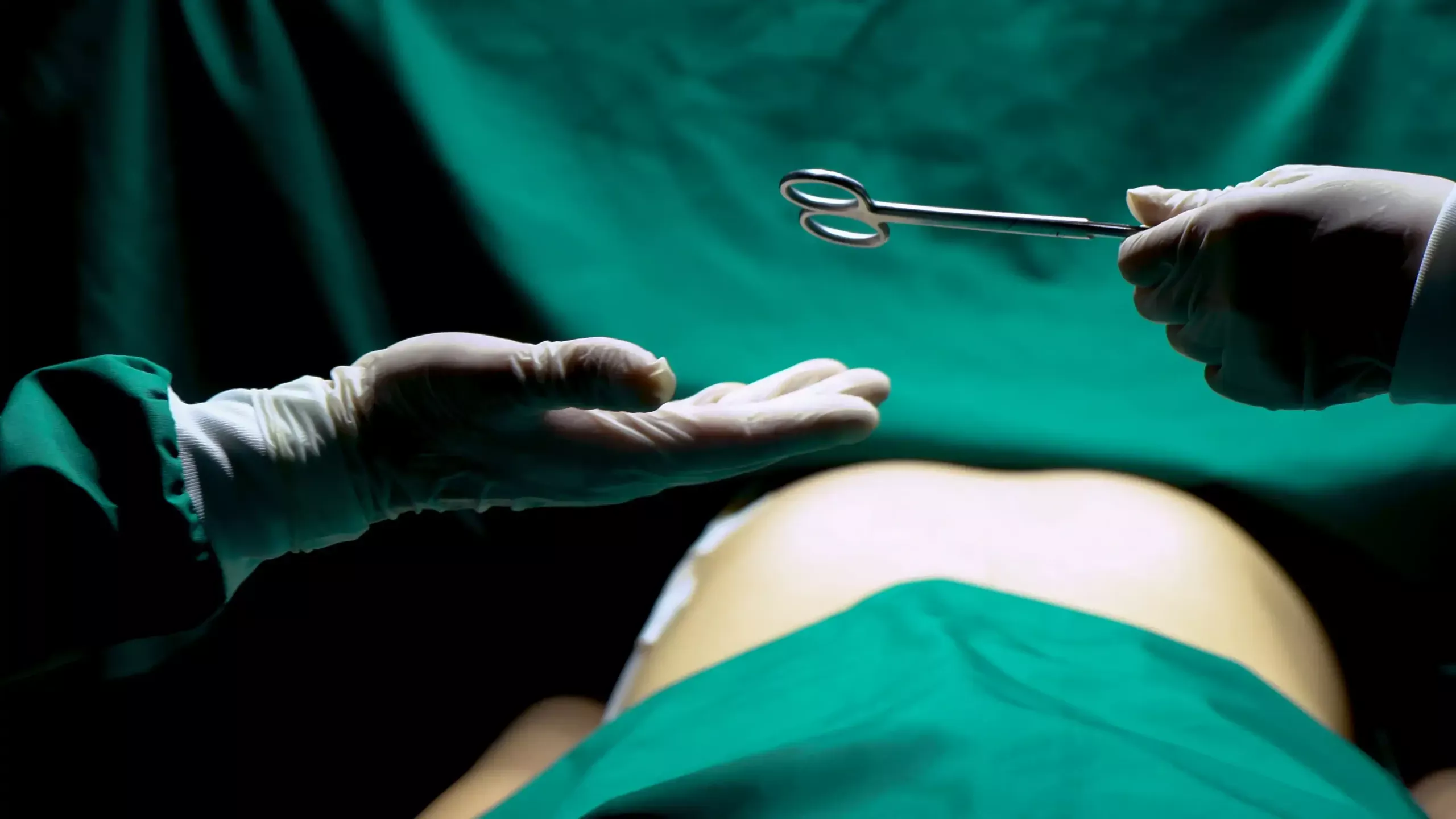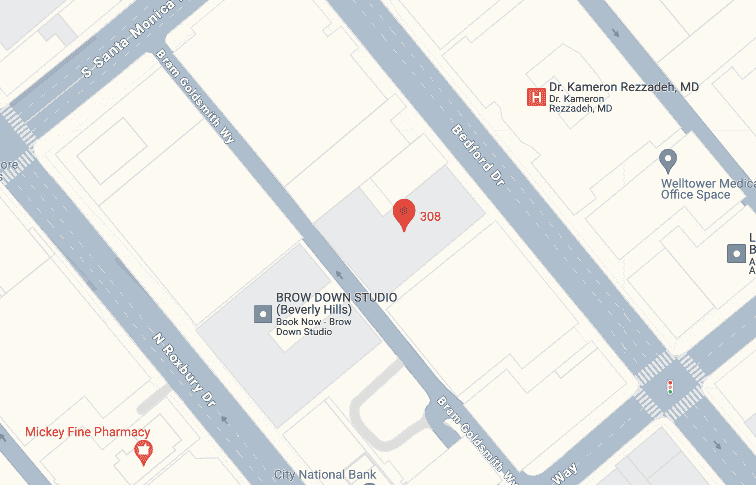what causes pilonidal cyst?
On average, pilonidal cysts affect about 70,000 people annually in the United States alone. A pilonidal cyst, which in layman terms can be described as a sac of tissue located under the skin at the top or crease of the buttocks, is generally filled with fluid, air, hair, and debris. Though they are more common amongst men between the ages of 20 to 40, this skin condition may affect any person usually occurring after puberty. If an infection develops within the sac, a pilonidal cyst is termed a pilonidal abscess. A pilonidal abscess, while painful, is not considered contagious..
What causes pilonidal cysts and how to lower the risk of getting them?
The root cause of a pilonidal cyst is not fully understood, but the infection is closely related to that of an ingrown hair. Regularly found at the crease of the buttocks, pilonidal cysts are common in areas on the body where friction and pressure are constant. Naturally, the buttocks region experiences persistent friction and pressure throughout the day. Specific professions, physical activity, and physical health are external factors that may heighten the risks of developing pilonidal cysts: truck and taxi drivers, desk jobs, cycling, rowing, wearing tight and sweaty clothing, and being clinically diagnosed as overweight or obese, to name a few. Though the root cause is not fully understand, ultimately hair is displaced from its natural location and the body then recognizes the displaced hair as a foreign object. In order to protect itself from the foreign object the body forms a sac around the hair; if this sac grows infected, it can create a pilonidal abscess. If you are experiencing any nausea, fever, extreme pain, or pus drainage, please consult a medical professional.
Though not definitive, generally speaking it is advised that practicing good hygiene may help fight against pilonidal cysts and lower the risks of getting this specific skin infection. Showering regularly, wearing loose-fitting clothing, and changing those clothes frequently are quick and easy ways to limit the amount of friction in the affected area and keep the cyst clean of dirt and sweat, which limits the buildup of unwanted bacteria. Hair maintenance such as shaving, waxing, and laser hair removal are great ways to combat pilonidal cyst flare-ups as it removes loose hair that is, for lack of a better phrase, the root of the issue. Soaking the affected area and applying topical ointment can help soften the skin, allowing the cyst to naturally drain on its own, alleviating the pain and some symptoms.
Do these go away? At-home remedies to treat pilonidal cysts.
Pilonidal cysts, will not go away on their own. However, not all cysts require treatment either. Many cysts simply move into a dormant phase, which effectively is as if they have “gone away.” If the pilonidal cyst is diagnosed as a mild case, while not definitive, the skin infection may “go away” by help of some at home remedies:
The only way to ensure a cyst goes away and stays away is through surgical intervention and proper after care.
Medical treatment and how to choose which one is right for you!
If your cyst is infected, or you are experiencing recurrent pilonidal cysts medical providers can offer the following (the procedure is dependent on the severity of the case):
- Cyst drainage:
In this outpatient or same-day procedure, the medical provider would make a small incision allowing the cyst to drain itself of the fluid, hair, or debris trapped inside. It is important to note, cyst drainage is NOT curative. It is a temporary procedure to deal with an active infection of a cyst, not the cyst itself. - Phenol injections:
Phenol injections apply chemicals into the cyst, with the goal of putting the cyst into an active healing state whichwould allow it to eventually close the cyst. - Surgery:
There are various surgeries offered. In the end, it is important to understand the cure rate of the specific surgery your surgeon is offering, and their comfort level with that particular approach.
Also See : Breaking Free: What You Should Know if Considering Pilonidal Cyst Surgery
Can pilonidal cyst be caused by stress?
High-stress levels have not been linked or seen to contribute to the development of pilonidal cysts, quite the opposite. Pilonidal cysts may cause stress as they are painful, and can affect one’s day-to-day, as well as one’s self-confidence.
Learn more: How to Know if a Pilonidal Cyst Is Infected
Los Angeles Proctologist – Pilonidal Cyst Treatments
If you are ready to find relief from pilonidal cysts and the stress that accompanies them, contact the office of Dr. Kamrava today! Los Angeles’ best colorectal surgeon. Dr. Kamrava offers noninvasive surgery, efficient treatment, and outpatient remedies for pilonidal cysts. With years of experience under his belt, the board-certified surgeon is dedicated to his patients and delivers life-changing results. Schedule an appointment at (424)279-822, and give yourself some peace of mind.








